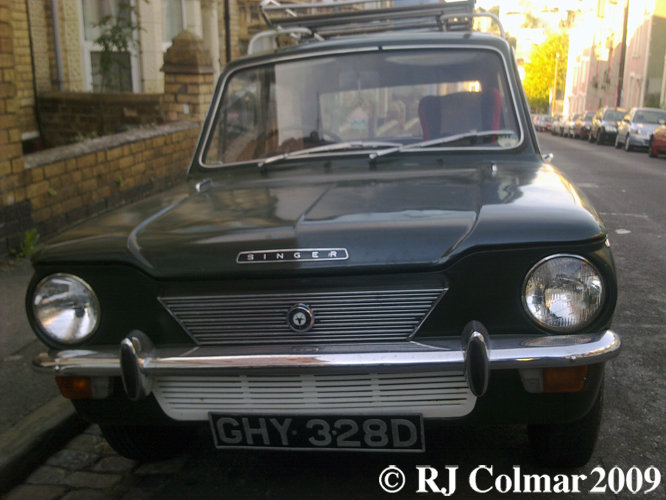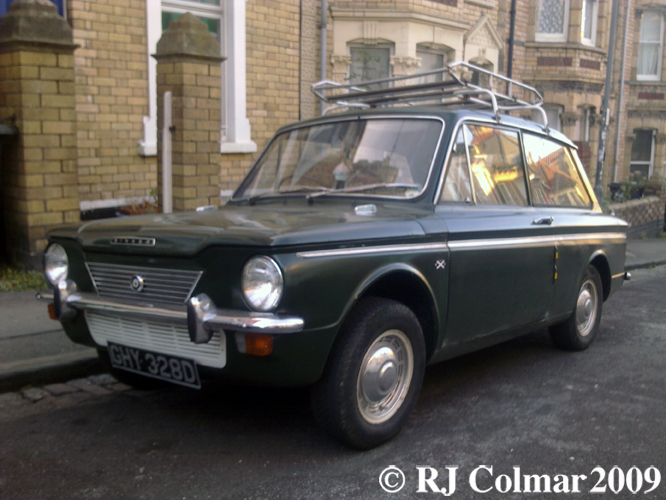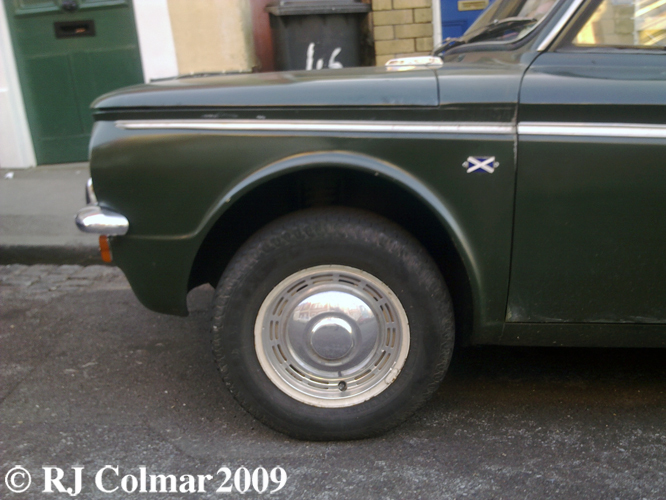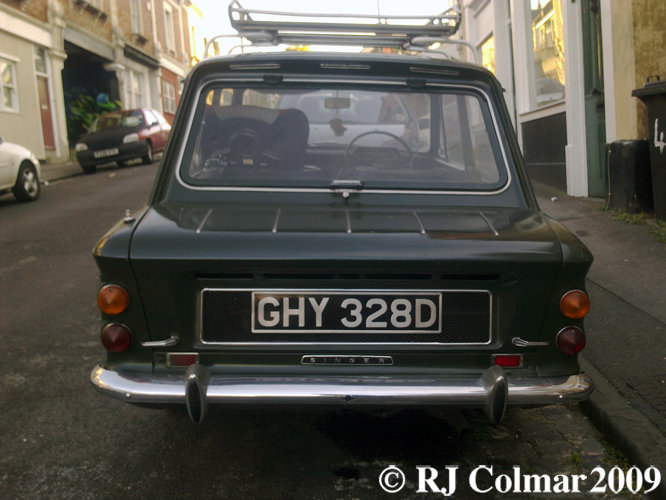In the late 1960’s early 1970’s at least three sports cars went to market using the all aluminium Coventry Climax derived Hillman Imp / Singer Chamois engine including the Ginetta G15, Davrian Imp and today’s featured vehicle the Clan Crusader.
In 1969 three Lotus Engineers, Paul Haussauer, John Frayling and Brian Luff left the company after an unspecified disagreement with Colin Chapman and founded the Clan Motor Company in Washington, Co Durham, England.
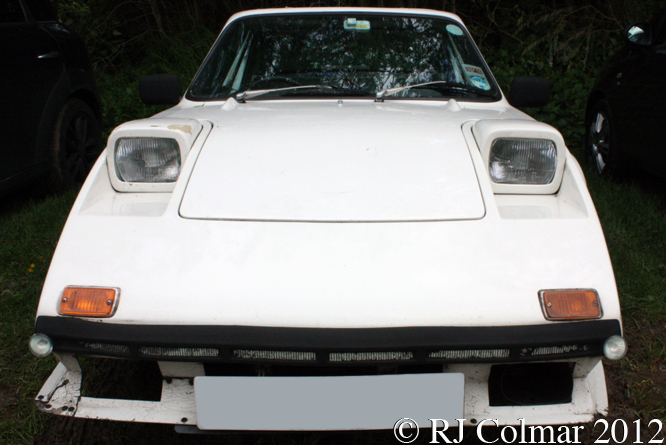
Their one and only model styled by Frayling, employed a steel reinforced monocoque designed by Luff with Imp / Chamois suspension. The handling of the Clan, with a top speed of 100 mph, was said to be superior to that of both the cheaper Ginetta G15 and Davrian Imp.
From late 1971 until the introduction of crippling taxes the car was manufactured in self build or complete forms, with the self builds dropped the Crusader successfully completed independent crash tests in mid 1972. By the end of 1973 production ceased with over 300 complete cars and kits built, despite a healthy order book, due to component supply and financial difficulties.
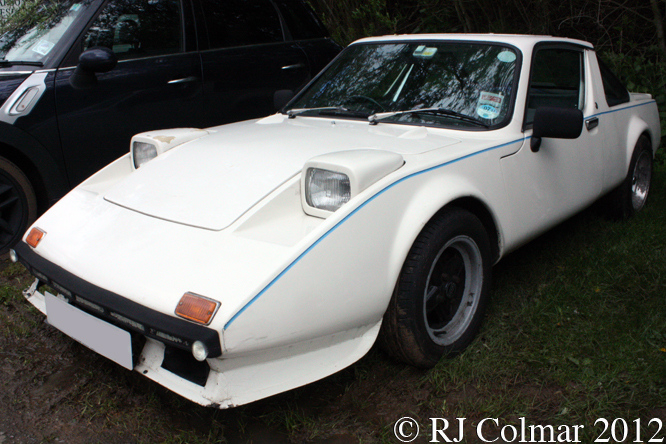
In 1974 much of the Clan stock and body moulds were shipped to Cyprus, however due to the Turkish military invasion later the same year production never got underway on the Mediterranean island.
Brian Luff made a new set of moulds from an existing car and built some more Crusaders mostly for competition use. Crusaders competition successes included a second place on it’s debut the 1972 Manx International Rally with Andy Dawson and John Foden, 1972 Tour of Mull Rally win for Alan Conley and Crawford Dunn along with two production car trials championships for Mike Hinde in 1973 and Bill Moffat in 1993.
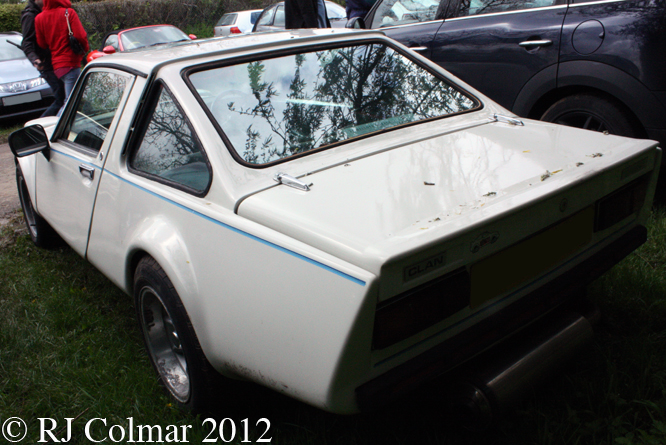
After acquiring Luff’s moulds in 1982 Peter McCandless founded Clan Cars Ltd in Northern Ireland and recommenced production of the a variant of the Crusader now simply known as the Clan which featured a new nose with pop up head lights. Around 120 so called Irish Clans were built for the road and a further 10 for competition.
A Clan Clover model, powered by an Alfa Romeo engine mounted ahead of the rear axle was also built, more than 20 of these cars are thought to have been built before the receivers were called in to Clan Cars in 1987.
Today’s featured 1972 Crusader was seen at Castle Combe a couple of years ago.
Thanks for joining me on this “Lotus Clan” edition of “Gettin’ a li’l psycho on tyres” I hope you will join me again tomorrow when I’ll be looking at a 1948 Bentley called Blue Velvet. Don’t forget to come back now !


